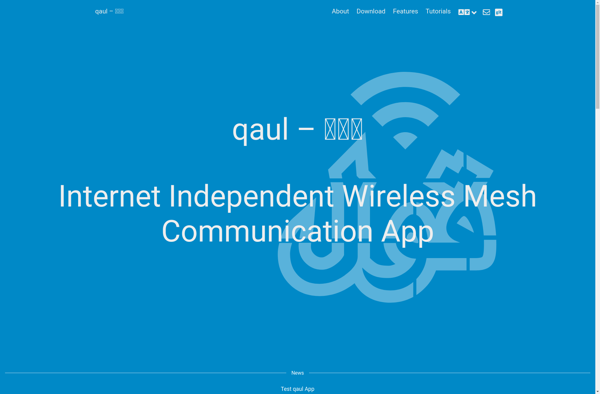The Serval Project
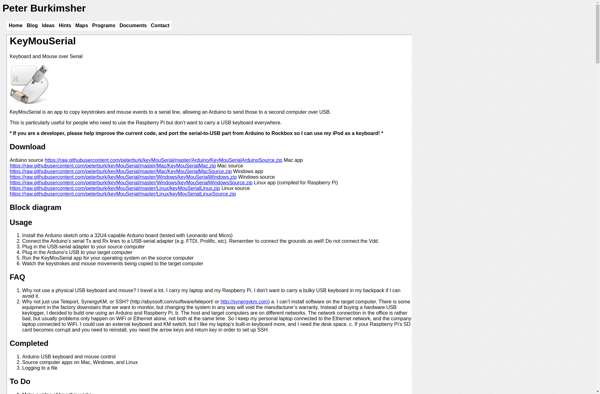
The Serval Project: Decentralized Messaging and Voice Calling App
The Serval Project is an open-source, decentralized messaging and voice calling app that uses Wi-Fi and Bluetooth to connect phones without cellular networks. It allows communication during natural disasters and internet outages.
What is The Serval Project?
The Serval Project is an open-source software initiative that enables decentralized and secure voice calling, text messaging, and file sharing between mobile devices. It was founded in 2012 by researchers at Flinders University in Australia to provide communications in areas impacted by natural disasters or other causes of damaged infrastructure where cellular and internet services may be unavailable.
A key goal of The Serval Project is to allow mobile phones to communicate even in the absence of traditional connectivity and communications infrastructure. It utilizes peer-to-peer connections over Wi-Fi and Bluetooth between mobile devices running the Serval software app to create decentralized mesh networks. This allows text messages, voice calls, images, videos, and files to be shared directly between devices without relying on cell towers or internet access.
Some key capabilities and features of The Serval Project app include:
- Voice calls over Wi-Fi and Bluetooth without cellular networks
- Text messaging (SMS) and group messaging over the mesh network
- File sharing including images, audio, video, and documents
- Uses Wi-Fi Direct P2P for connectivity when infrastructure not present
- Open source and free to download for Android phones
By using a decentralized approach and taking advantage of proximity between phones, The Serval Project facilitates resilient communications during disasters and crises when regular communication channels are impacted. It has seen on-the-ground use for disaster relief as well as by journalists and activists requiring secure and private distributed networks.
The Serval Project Features
Features
- Decentralized messaging and voice calling
- Uses Wi-Fi and Bluetooth to connect phones without cellular networks
- Allows communication during natural disasters and internet outages
- Open-source software
- End-to-end encrypted messaging
- Works offline and without internet access
- Mesh networking capability
Pricing
- Open Source
Pros
Cons
Official Links
Reviews & Ratings
Login to ReviewThe Best The Serval Project Alternatives
Top Social & Communications and Messaging and other similar apps like The Serval Project
Here are some alternatives to The Serval Project:
Suggest an alternative ❐Freenet
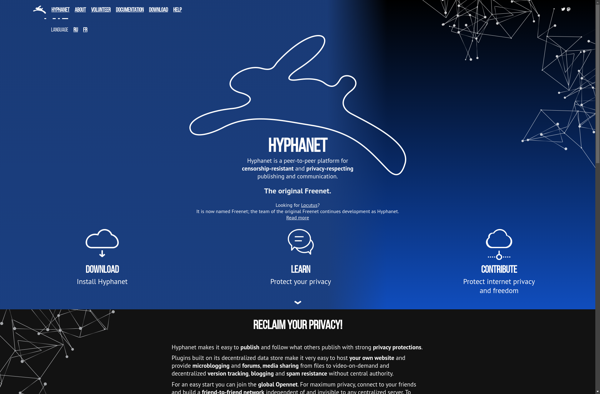
CoovaChilli
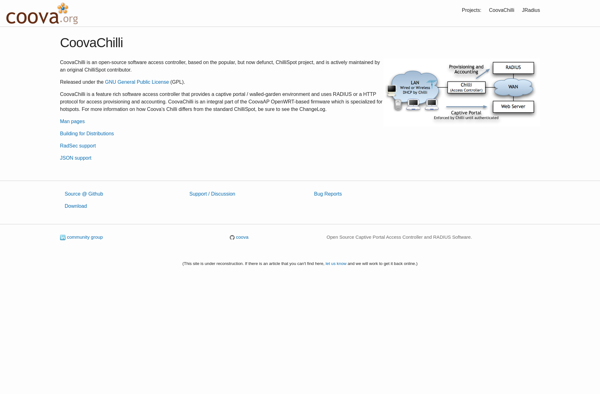
LibreMesh
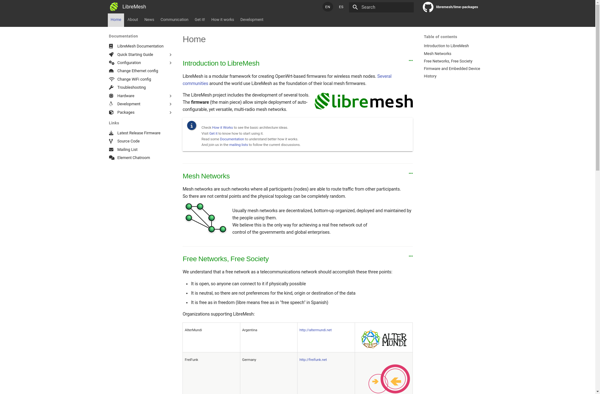
Ninux
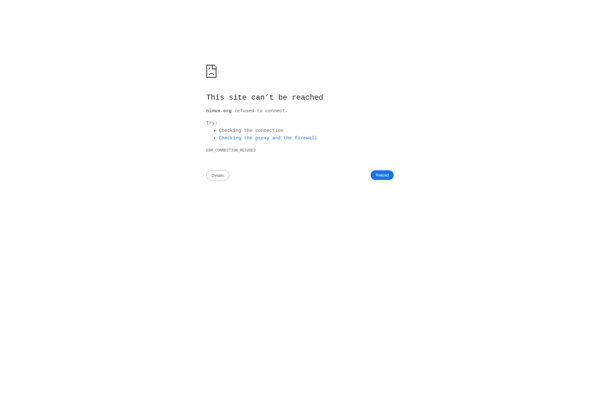
Cjdns
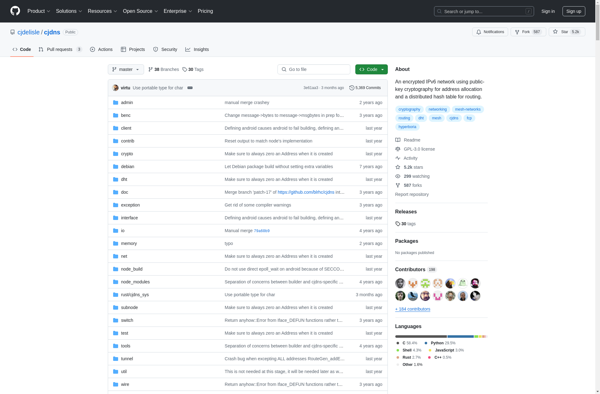
Telehash

Babel (protocol)
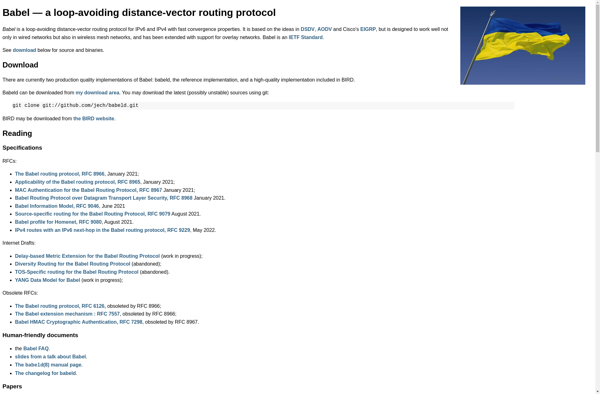
Dn42
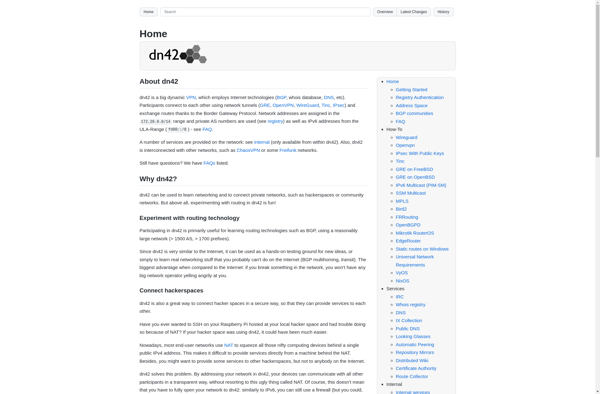
OLSR (Optimized Link State Routing)
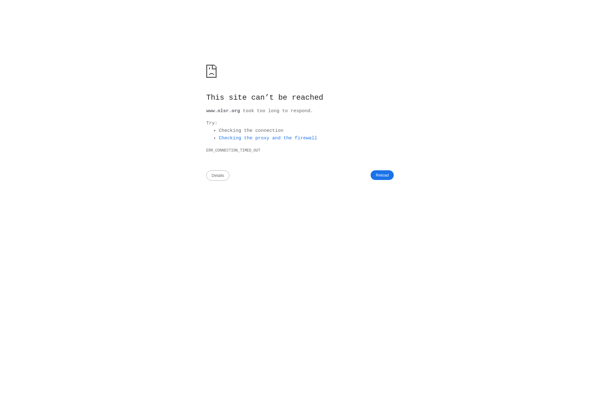
Qaul
